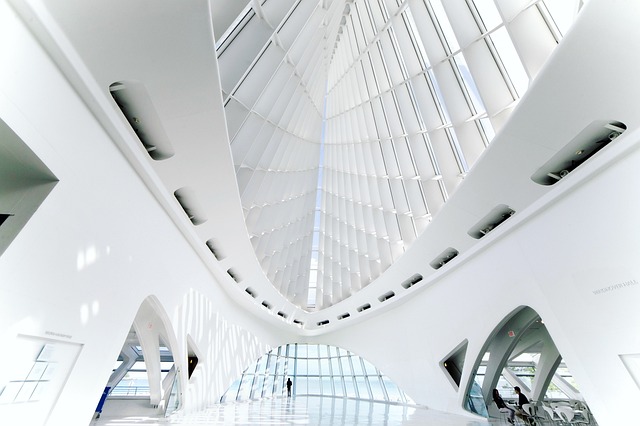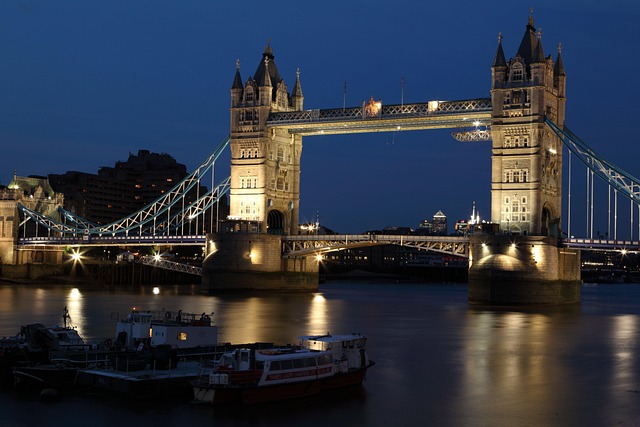Public infrastructure projects, such as transportation networks, green spaces, renewable energy, and smart city technologies, serve as powerful catalysts for private investment in real estate, driving economic growth and community revitalization. Governments, through strategic initiatives, increase property values and market demand, attracting developers seeking substantial returns. This symbiotic relationship fosters sustainable urban development, elevated livability standards, job creation, and thriving communities, as evidenced by global case studies like Manhattan's waterfront and downtown Los Angeles.
“Unleashing the Power of Public Projects to Attract Private Investment in Real Estate: A Comprehensive Guide. Public infrastructure development plays a pivotal role in shaping the landscape of private sector engagement, driving economic growth, and fostering sustainable investment opportunities. This article delves into the intricate relationship between public projects and real estate investments. We explore successful case studies, uncover essential strategies for public-private partnerships, and analyze the long-term impact on investors. Discover how public initiatives can be a game-changer in the real estate market.”
The Role of Public Projects in Stimulating Private Investment in Real Estate

Public projects play a pivotal role in stimulating private investment within the real estate sector. These initiatives, often focused on infrastructure development, urban renewal, or strategic land use, create a ripple effect that attracts both local and foreign investors. By enhancing accessibility, connectivity, and overall attractiveness of an area, public projects like roads, bridges, mass transit systems, and green spaces significantly boost property values and market demand.
Real estate developers recognize the potential for significant returns on investment following major public project announcements. These investments not only modernize communities but also open doors to new business opportunities, creating a conducive environment for private enterprises to thrive. The positive impact extends beyond economic growth, as well-planned public projects can revitalize neighborhoods, attract diverse demographics, and foster sustainable urban development—all of which are key factors in the ongoing success and appreciation of real estate assets.
– Exploring the connection between public infrastructure development and private sector engagement

Public infrastructure development and private sector engagement are intrinsically linked, with each feeding into the other’s success. When governments invest in public projects like transportation networks, renewable energy initiatives, or smart city technologies, they create a ripple effect that attracts private investors. These projects offer lucrative opportunities for real estate developers, construction firms, and technology providers, who can contribute their expertise and capital to transform these initiatives into viable ventures.
The synergy between public and private sectors is particularly evident in urban areas where robust infrastructure drives economic growth and property values. Well-connected transportation systems, modern communication networks, and sustainable energy solutions not only enhance the quality of life for residents but also position real estate as attractive investments. Private entities recognize the potential for long-term returns, prompting them to actively engage in these projects through partnerships, sponsorships, or direct investments.
– Examining case studies where public initiatives led to thriving private investments

Public initiatives have increasingly become powerful catalysts for private investment, particularly in the real estate sector. Case studies from around the globe offer compelling evidence of this synergy. For instance, the transformation of Manhattan’s waterfront in New York City is a prime example. The public renewal of this area, involving comprehensive urban planning and infrastructure development, attracted significant private capital. High-rise residential towers, luxury hotels, and mixed-use complexes sprung up, fostering a thriving real estate market. This successful partnership between public investment in infrastructure and private sector involvement in development has led to substantial economic growth and elevated Manhattan’s waterfront as a desirable living and tourist destination.
Another notable instance is the revitalization of downtown Los Angeles. The city’s public transit expansion project, combined with strategic urban design, encouraged private developers to invest heavily in the area. This initiative resulted in a surge of modern office buildings, trendy restaurants, and vibrant nightlife, transforming once-neglected neighborhoods into bustling centers of culture and commerce. These examples illustrate how well-planned public projects can spark private investment, create jobs, and drive economic development, ultimately enhancing the overall quality of life for communities.






